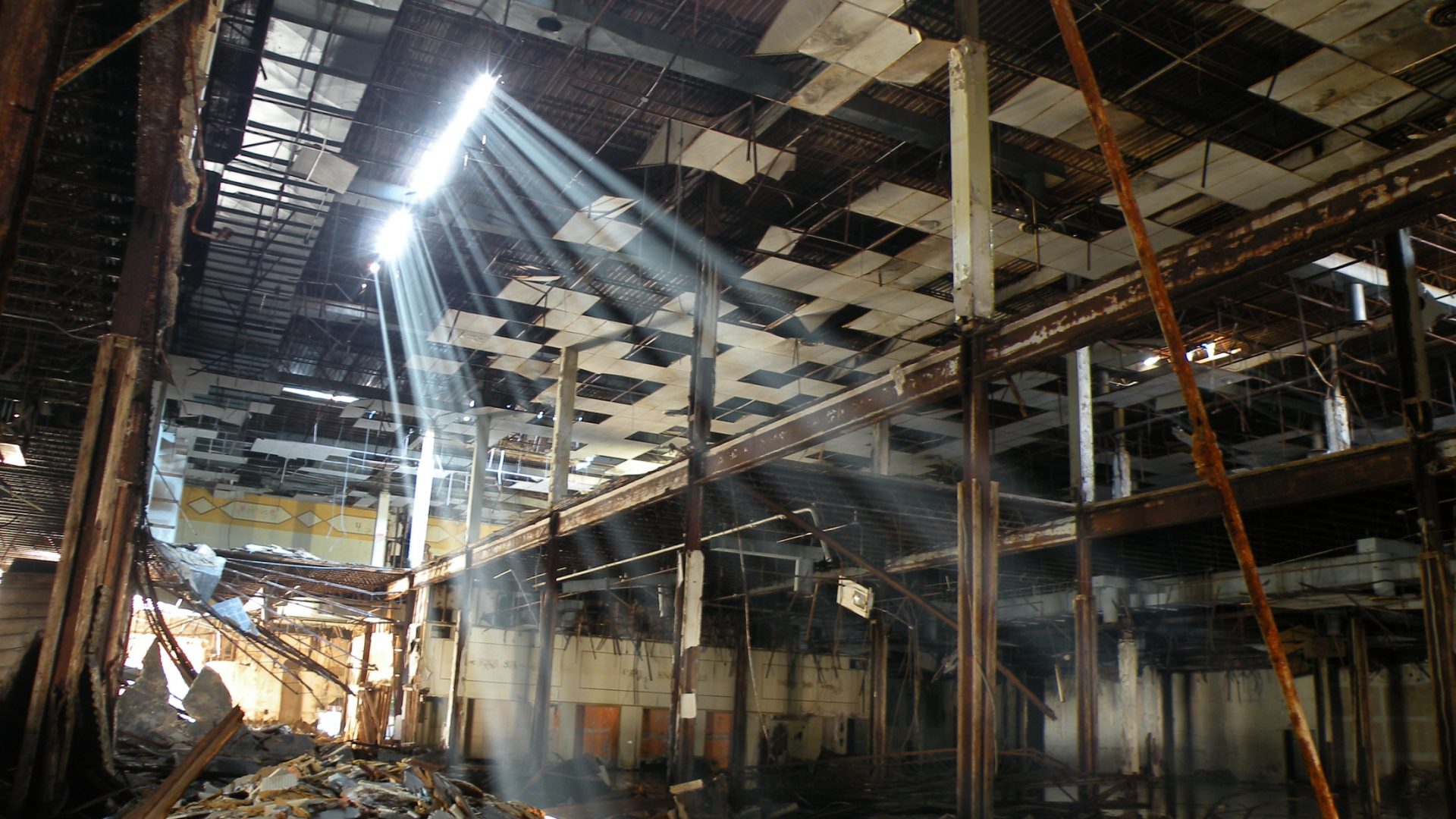| Hood(s) | Near West Side; |
|---|---|
| Location | Cabrini Street/Ada Street on the north, Roosevelt Road on the south, Racine Avenue on the east, Loomis Street on the west |
| Lifecycle | 1938 – 1939, Construction; 2002 – 2002, Demolition; |
| Controlling gangs | New Breeds; Conservative Vice Lords; Imperial Chaplains; 14th Street Clovers; |
The Jane Addams Homes were one of the first Chicago Housing Authority projects to be built in the late 1930s when the city decided to provide housing for the city’s poor, this was also the first project built within the ABLA housing project cluster.
In the year 1938 the Jane Addams projects were built by John Holabird and his team of highly skilled architects as they constructed to have 1,027 units within several two story row houses and three and four story buildings which totaled 32 buildings. The projects were meant to house impoverished Italian and Russian-Jewish residents from the Near West Side neighborhood in the middle of the Little Italy neighborhood during these hard Great Depression years.
The projects were named after Jane Addams herself that opened the Hull House in the 1880s in the Greek Town area which geared at helping immigrants in the neighborhood assimilate into Chicago culture and also provide recreation for youths; however, the Hull House did not allow African Americans and once again in the late 1930s when these projects were built blacks were not allowed until maximum capacity in the building could not be reached; therefore, they filled the other 2.5% of the space with black families that whites did not need.
The Near West Side streets were ridden with poverty and African Americans were living in some of the worst conditions so they were lining up to get in these projects, finally in 1943 an extension was built onto the projects that allowed African Americans; however, white residents in the older part wanted to use separate stairways and separate areas away from the blacks.
The first dominating black street gangs to move into the extensions in 1943 were the Imperial Chaplains and the 14th Street Clovers.
In the 1950s, black families began moving into the older buildings as white families began to move out. The Chaplains and Clovers colonized and dominated these buildings as well at this point.
In the 1950s more African American families began settling into these projects especially by the late 1950s and early 1960s when the construction of the Dan Ryan Expressway, Circle Interchange and University of Illinois Chicago campus razed many homes of Near West Side residents.
In the year 1960, Vice Lords moved into these buildings and quickly began to dominate over the Chaplains and Clovers and in the proceeding years they pushed those organizations out of these buildings.
By the 1960s the Jane Addams homes became an all-African American project as the last of the Jewish and Italian whites moved out. The projects were soon taken over by the Vice Lords street gang in the 1960s as many were migrating from the North Lawndale neighborhood then eventually the Black Gangster Disciples (Supreme Gangsters) would move into the projects in 1968 that had a serious rivalry with Vice Lords.
The 1970s saw harder times in these projects as drugs and gangs became an escalating problem, also the CHA was not able to upkeep these buildings as much as they used to leaving the buildings to begin deterioration.
In the year 1981, Black Gangster Disciples became known as Black Gangsters (later New Breeds) and they were viciously battling Conservative Vice Lords and Traveling Vice Lords for dominance.
By the 1980s the Jane Addams projects were known to have high crime as Vice Lords and Black Gangsters (New Breeds) continued to wage war upon each other through these buildings and by the 1990s the wars became more intense especially now that there were Conservative Vice Lords fighting Traveling Vice Lords too.
By the 1990s the buildings were in a state of deterioration and the high crime in the area could not be ignored, in 2002 the city made a decision to tear down these project buildings but the tearing down was halted for the building at 1322-24 West Taylor Street and the vacant building was left to stand until now it is being renovated to became a public housing museum that will open in 2018.
These buildings were part of the ABLA housing project cluster which is all nicknamed “The Village.”






